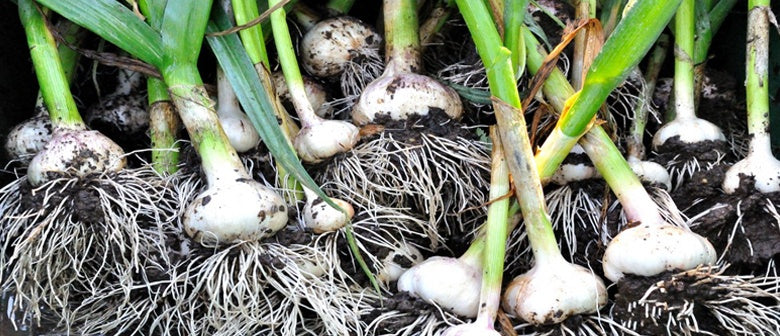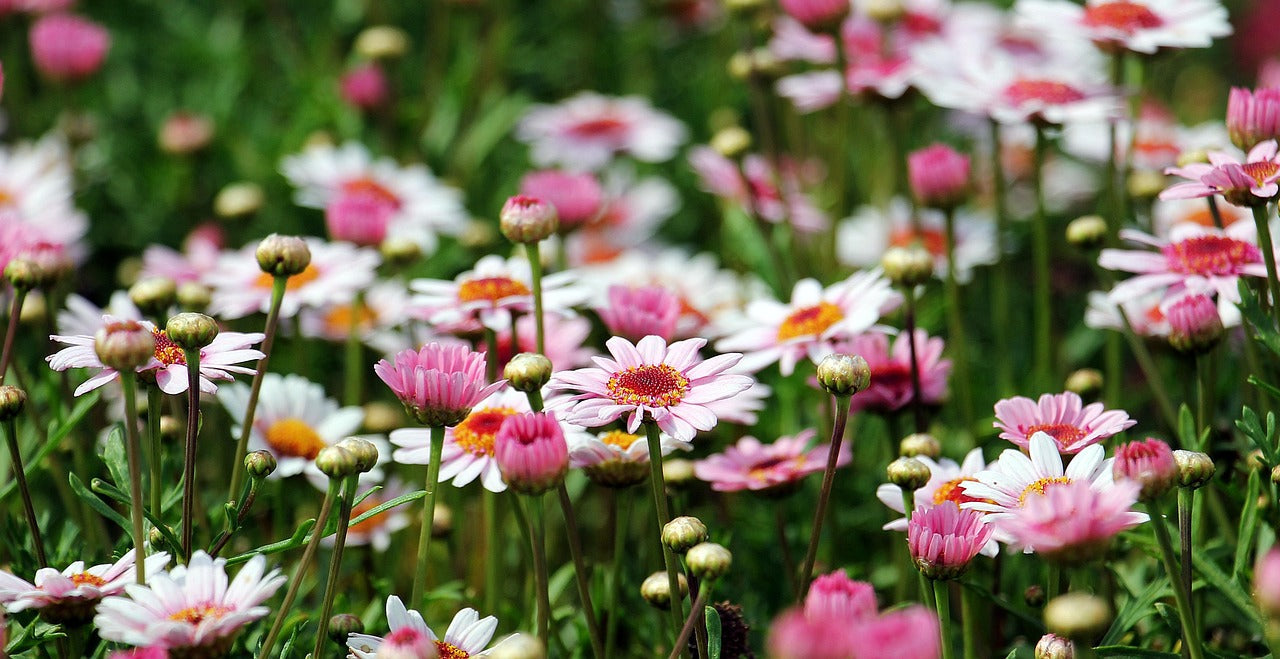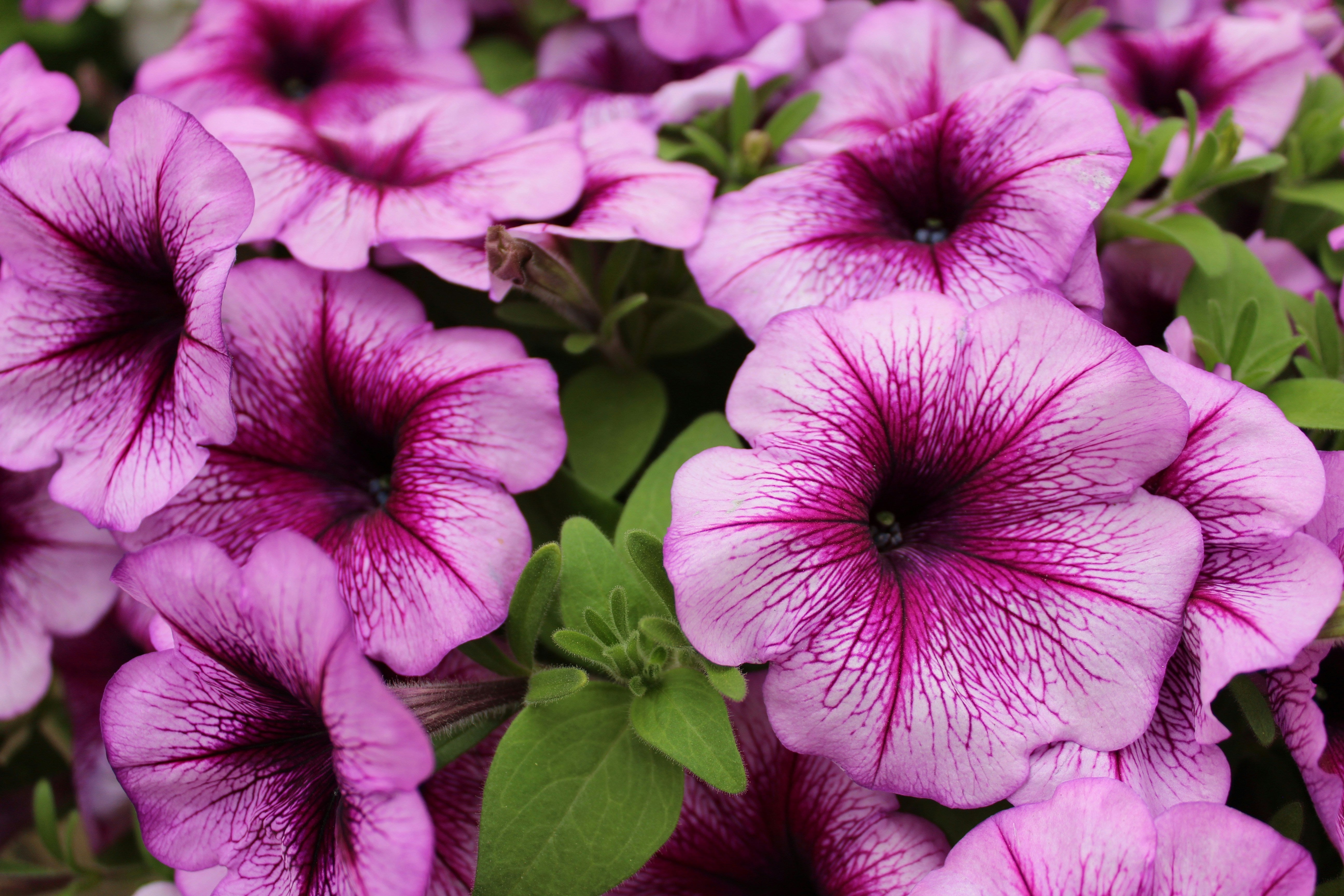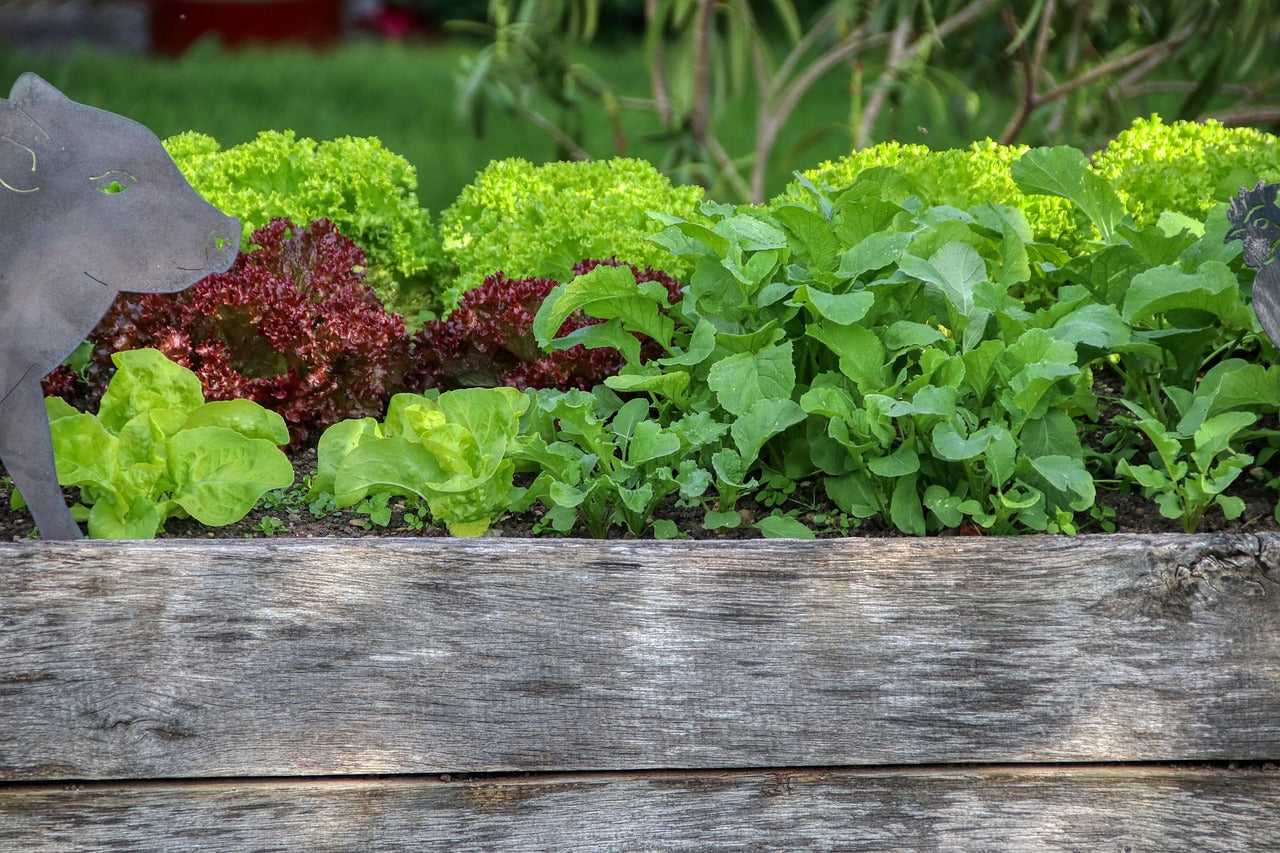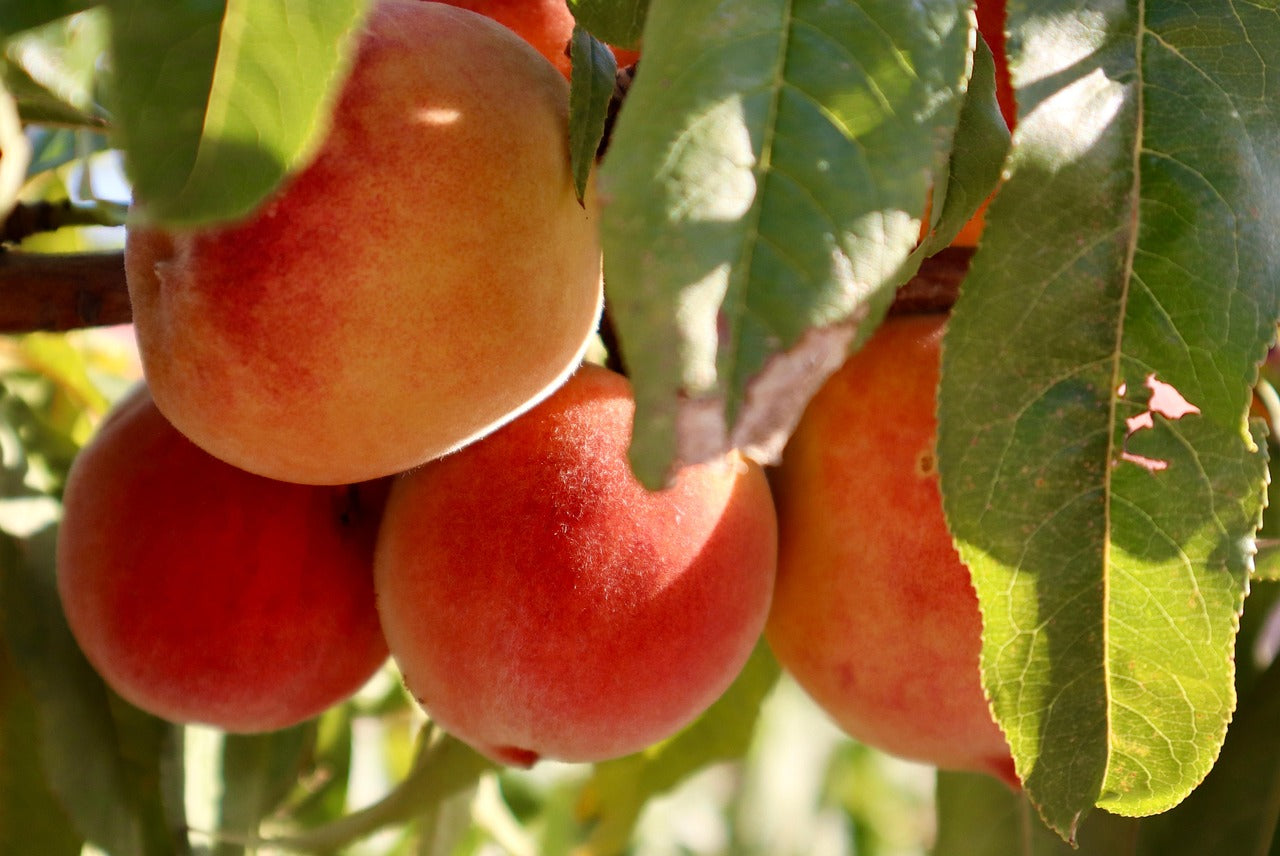As gardeners, winter can be a time when not much is happening. Most plants come to a standstill, some go dormant and the ability to even grow some plants is lost, but there are many things we look forward to as well. One of those things is growing garlic.
Garlic is such an essential in most households, I know I absolutely love using it in most dishes. I can always find a place for garlic even when a recipe calls for none or even just a few cloves I’ll throw in a sneaky five. The great thing about garlic is it’s really easy to grow, so beginner gardeners can jump right in. You can grow quite a decent amount from just a few bulbs so it is very good value and nothing quite beats homegrown garlic. However, be aware that the garlic you find in supermarkets is often treated so they don’t sprout.
Container gardeners will be pleased too, you can grow garlic in large pots which is a bonus for those of us with small spaces or who are renting.

Types of garlic:
There are many different types of garlic to choose from although sometimes it is harder to find some of the types than others. Two of the main types to look out for in garden centres is printanor and elephant garlic. These are just a few of the types you can get:
Elephant Garlic
Elephant garlic is a large variety of garlic with a much milder and sweeter flavour than that of other garlic. It is actually a member of the leek family. It is perfect for roasting.
Printanor Garlic
This particular type of garlic is one of the most commonly grown in home gardens and also quite easy to find in garden centres. It is a medium-sized garlic bulb and is a white-skinned variety. It has a mid to strong flavour.
When to Plant
The general rule of thumb with garlic is to plant on the shortest day of the year in June but you can plant them out as early as May and even as late as September.
Where to Plant
A sunny position in freely draining soil is perfect. The soil should be quite loose with lots of compost and organic matter added.
How to Plant
Separate the bulb into cloves. You should use the biggest and the best bulbs. Anything that you don’t want to plant you can use in your cooking instead. It’s a win-win situation, plant one and eat one. Perfect!
Plant the cloves about 10-15cm apart with the pointy end facing upwards. I like to go by the rule plant at double the size of the seed, so around 5cm should be about right. To make it easy find something long and skinny like a bamboo stake and make little dibble holes then drop the garlic in and cover with soil. It really is such an easy edible to grow.
Maintenance
Little to no water will be required over the winter months which should excite most of you but unfortunately, you will need to keep on top of the weeds. Once the garlic has sprouted which should only take a few weeks, laying a thin layer of mulch will help keep the soil moist and cool.
Once spring rolls around you will need to give the plants a good feed. Liquid fertilisers, blood and bone, sheep pellets and vegetable mix fertilisers are all good options. Garlic is a very hungry plant. This is also the time to monitor if the soil starts to dry out, and water if needed.
Harvest
The general time to harvest garlic is around December to January, when the tops of the garlic start to die back, this will be an indication they are ready. Dig them up with a fork, you can use them fresh or you can leave them to dry out. Leave them on the soil or hang them up somewhere. When they have fully dried out, usually about 3-4 days. Plait them together and store in a dry place.
Container Gardening
My favourite type of gardening, and with garlic taking up such little space its the perfect option. A size of a household bucket or bigger is needed for garlic and all the same rules apply. Make sure the container has drainage holes and a freely draining potting mix. I like adding some compost to mine. Containers tend to dry so a bit more watering will be needed. When it comes to feeding time a liquid fertiliser will be a perfect addition and make sure you purchase a fertiliser that is safe for use in pots.
Garlic keeps the family healthy and adds so much flavour to the meals we make, It truly is one of the easiest crops to grow. Put a few bulbs aside to use in your next years planting and start the cycle all over again. This is a cheap and rewarding plant to grow and its always handy to have on hand.

